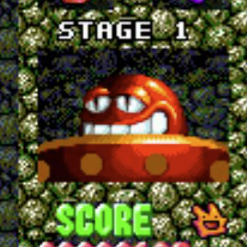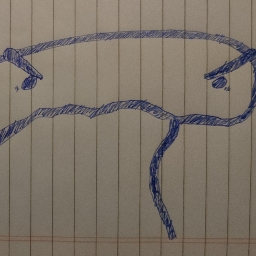However, this chunked refresh can also cause visual artifacts, such as screen tearing, when the graphics processor is unable to keep up with the refresh rate of the display. This can happen when the graphics processor is rendering more frames per second (fps) than the display can handle, or when the graphics processor is not able to maintain a consistent frame rate.
VSync (Vertical Synchronization) is a technology that is used to prevent screen tearing by synchronizing the frame rate of the graphics processor with the refresh rate of the display. When VSync is enabled, the graphics processor will only render new frames when the display is ready to refresh the image on the screen. This ensures that the graphics processor is not rendering more fps than the display can handle, which can help prevent screen tearing. Additionally, VSync can help the graphics processor maintain a more consistent frame rate, which can also reduce the likelihood of screen tearing.
Overall, most displays refresh the image on the screen in chunks, rather than in a single, continuous update. This can cause visual artifacts, such as screen tearing, when the graphics processor is unable to keep up with the refresh rate of the display. VSync is a technology that is used to prevent screen tearing by synchronizing the frame rate of the graphics processor with the refresh
so the more fps the easier to keep up with the chunk updates?








 1
1














